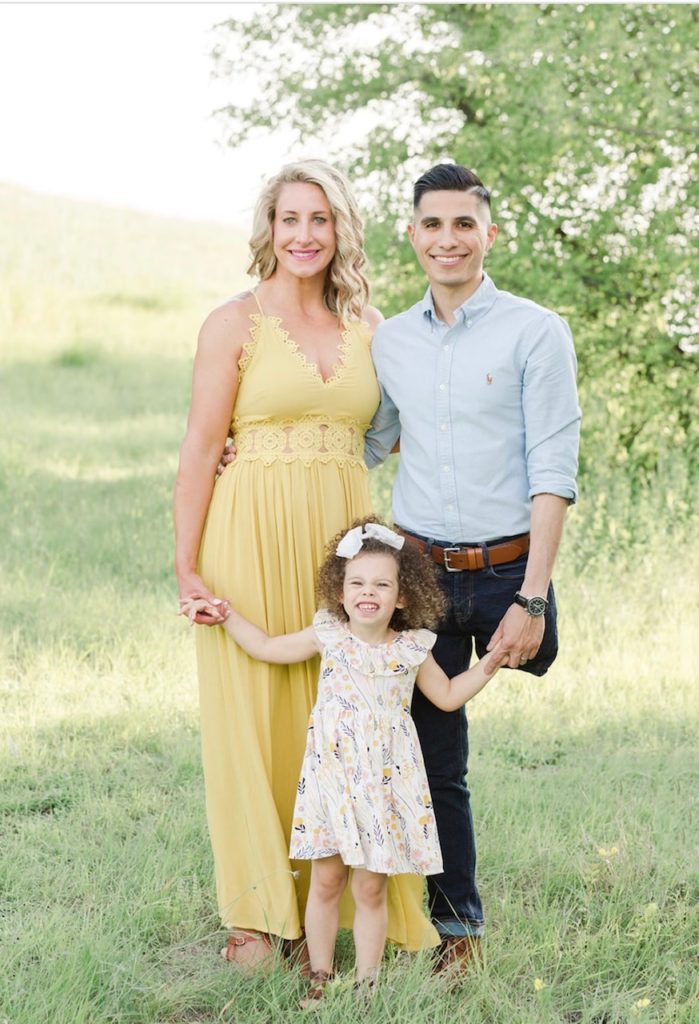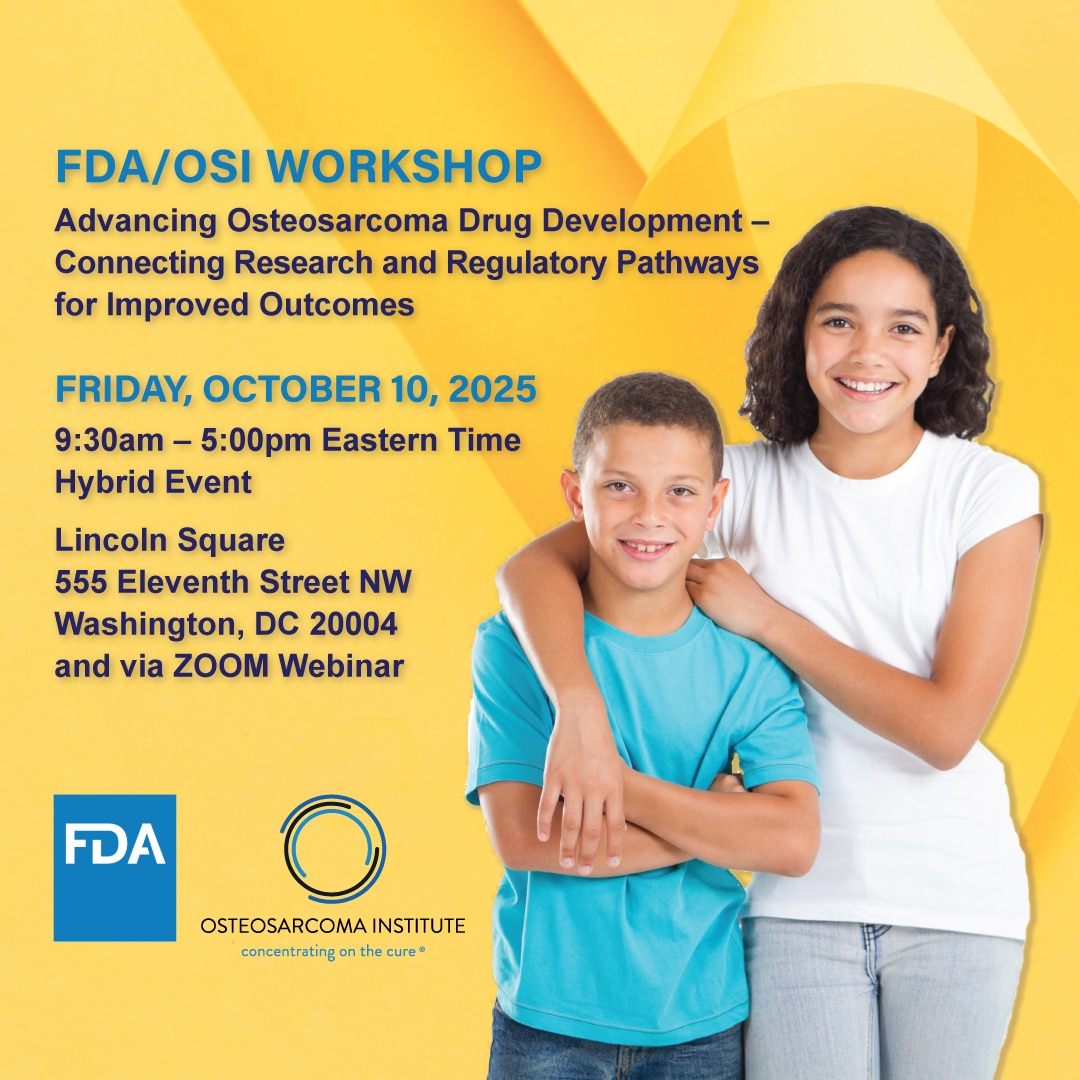“Despite how difficult it may be, never lose sight of yourself on the other side of this disease.”
Carlos, Two-time osteosarcoma survivor
When Carlos began having recurring knee pain at age 17, he figured it was simply a torn or strained muscle. An athlete at heart, he was a runner and played soccer, but his true love was basketball. Over time, however, the pain only got worse. Little by little, running became more difficult and, eventually, he couldn’t run at all. A bump above his left knee confirmed his suspicion: something wasn’t right.
A bone scan and two biopsies later, Carlos was diagnosed with osteosarcoma. He remembers the moment his oncologist sat down with him and his mom to tell them the news.
“My whole world was instantly turned upside down,” Carlos recalls. Up until that point, his biggest concerns were typical for a high school student: sports, finals and hanging out with friends. Now, he was grappling with cancer treatment. “It didn’t really sink in until we went home and had to tell my dad and my two sisters. That’s when everything hit me.”
Carlos went on to have a limb salvage surgery — which involved a knee replacement and replacing half of his femur with a titanium rod — followed by nine months of chemotherapy. He spent months in and out of the hospital for chemo treatment, all the while fatigued and nauseous. But he never lost his fighting spirit.
“I just told myself, ‘Okay, for nine months I’m going to be sick and it’s going to be terrible, but after those nine months I’m done,’” he remembers. “I’ll be healed and I’m not going to think about it anymore. In my family, we definitely have a fighter’s mentality.”
And that’s exactly what Carlos did. He fought his cancer and beat it. He was able to finish high school on time and graduated with his friends. By 2005, he was cancer-free, studying kinesiology at St. Edward’s University in Austin, TX.

Finding New Passions
It never dawned on Carlos that he’d get osteosarcoma a second time. In 2007, he was home from college having routine blood work and bone scans done when his doctor found another tumor in the same area as the first, only this time it was located deeper in the tissue.
“I couldn’t believe it,” Carlos says. “I was in college, I’d gotten my life back and was doing things, and now this was happening all over again. I was really angry.”
This time, in addition to chemotherapy, Carlos’ leg was amputated above the knee in order to stop the cancer from coming back. It took Carlos many grueling months of physical therapy to find himself physically. He was eager to play sports again. While he no longer could play soccer or basketball due to his amputation, he found a new passion for cycling and hiking. His recent hiking trip to Zion National Park and Sedona “have been some of the most amazing moments in my life,” he says. “For me, my journey has been more about doing new things and finding new passions and challenges. More so than trying to regain things prior to my diagnosis.”
Even after enduring so much pain, Carlos never let cancer define him.
“I remember being at Texas Children’s one night and looking out the window at the Houston skyline,” he recalls. “I thought to myself, I’m in here but life isn’t stopping… I made a promise to myself right then and there that I was going to be out there one day. That I would get through this, no matter how difficult it may be. Whether it was cancer, chemo or the amputation, I was not going to let it dictate or define the person that I wanted to be in life.”
Determining His Own Life
Today, Carlos is 36, married and with a successful career in medical sales. His new passion? Being a dad to his 3-year-old daughter Mia.
“I don’t have my leg and, at times, that sucks, but the life that I have now — with my wife and my daughter — I would go through it all again to have this life with them.”
That resiliency is something Carlos hopes to pass down to Mia.
“As people, we can endure so much,” he says. “It may seem like we can’t or it may seem really difficult, but we can. I want her to always have that resilience, that persistence, that inner drive to fight and never give up.”
By making a gift to the Osteosarcoma Institute today, you can help OSI advance treatment options and survival rates for osteosarcoma patients like Carlos.

